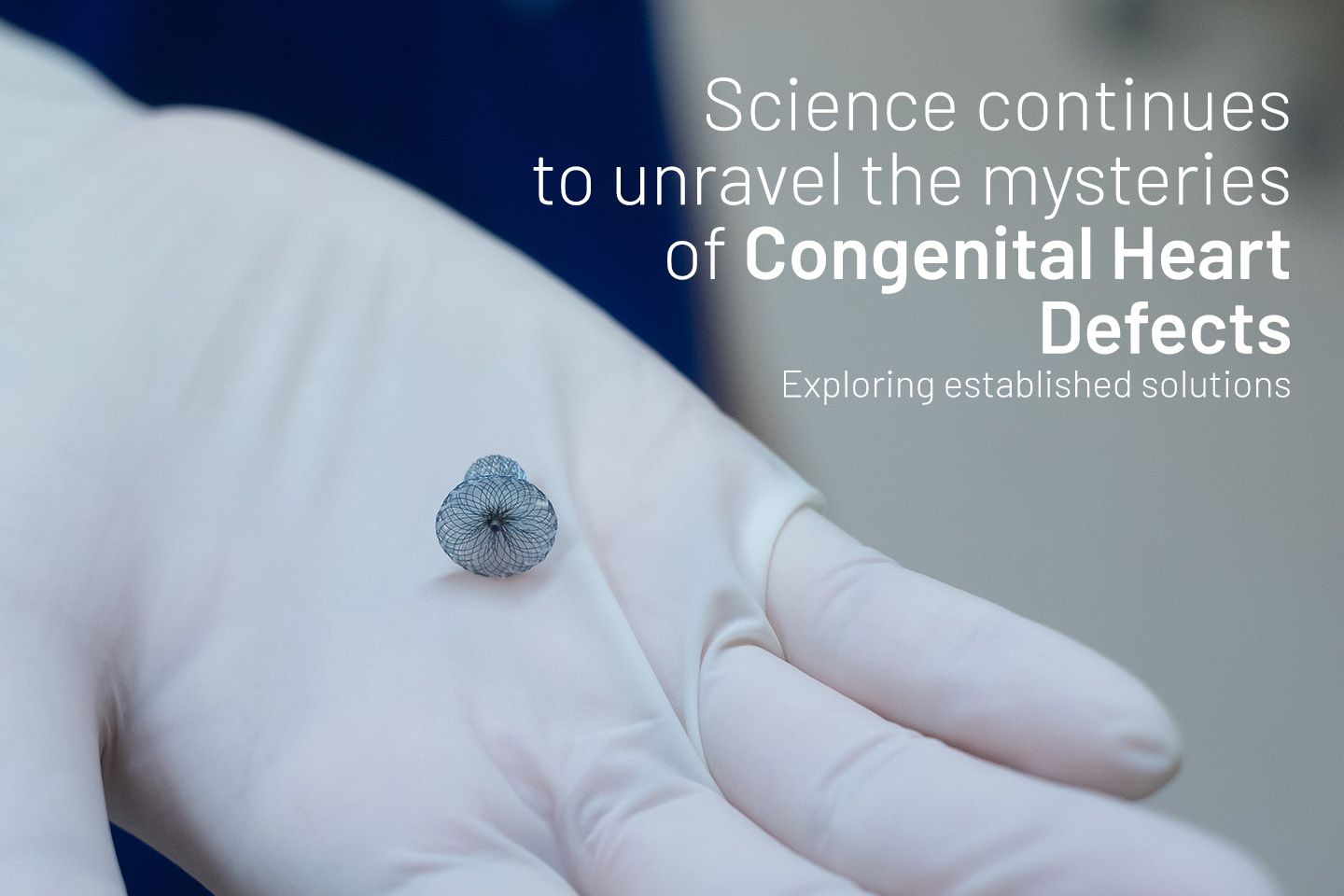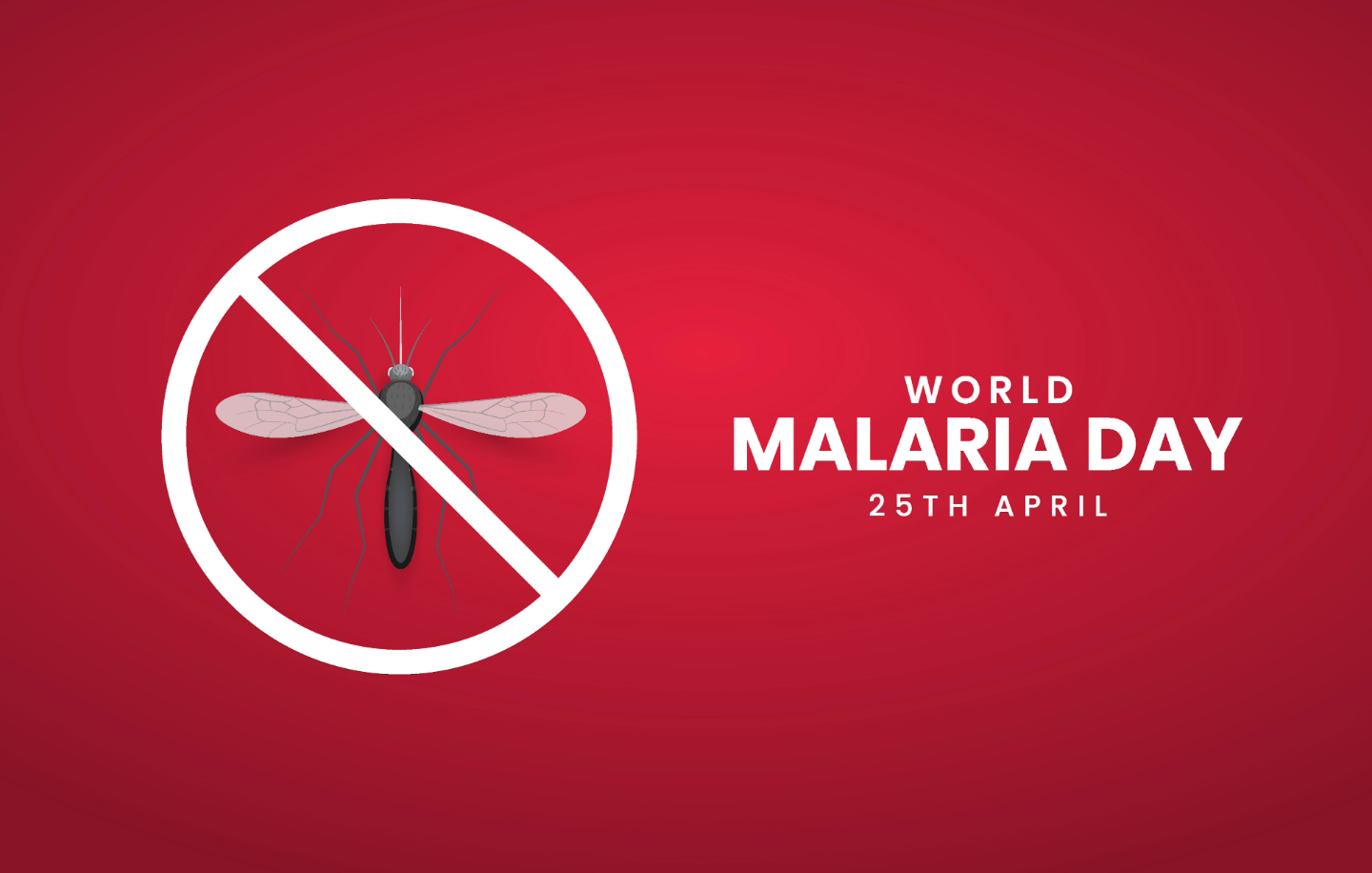Medical Devices
Crisis Management & Survival Strategies: COVID-19

The COVID-19 war is slightly different from the real war, but the effects are more or less similar. Here, bullets have been replaced by virus, bullet proof jackets have been replaced by PPE’s & Intelligence is replaced by Diagnostics and Testing. But the end results are loss of human lives, human suffering, economic losses and disruption of trade.
There is huge information overload; Research papers of all kinds, analyst and economist, peer review and off conversation and govt. rules and regulations are increasing the woes of hospitals.
Today, the world has 5.69M confirmed COVID- 19 cases & India has 158K confirmed cases, and these are increasing as we speak. Out of which nearly 200+ Medics in line of duty have been tested Positive for COVID-19 in India.
Let’s hear views on Crisis Management & Survival strategies for small Nursing homes & private Hospitals from Dr Roy Patnakar ((MBBS, MS (General Surgery), PhD (Gastroenterology) Director & Consultant GI and Laparoscopic Surgeon at Zen Multispecialty Hospital. Dr Roy has also presented more than 80 scientific papers at various national and international conferences & delivered Guest Lectures at more than 30 seminars, has more than 30 publications national and international to his credit.
Nursing Homes and small size standalone Hospitals Scenario:
Currently the Nursing Home / Less than 100 bed hospitals account for approx. 96% i.e. 65000 Hospitals of the total number of Hospitals in India as per AHPI. These Smaller setup Hospitals and nursing homes are pre- dominantly owned and run by doctor- entrepreneurs with great passion, bonding and mainly on Goodwill and satisfaction.
The Nursing Homes & Small Standalone Hospitals are majorly dependent on the contribution from its staff, like Doctors, Nurses, Paramedics Team, and Technicians. These hospitals work on very thin profit margins and COVID-19 has thrown in lot of challenges and brought some sweeping changes in Nursing Homes practices towards patient care. Unless Immediate Remedial measures are taken, It has threatened to bring smaller setup hospitals and nursing home to a grinding halt.
Issues and Challenges Faced by Nursing Homes and Small Size Standalone Hospitals:
The path is always little thorny for below 100 bed hospitals as they are unable to compete with large Hospitals chains and majority of these hospitals are not empanelled with government schemes. Further unfavorable PPN Network rates in many procedures in comparison with large chain hospitals.
Issues amid this Covid-19 crisis:
The Nursing homes and smaller standalone hospitals are becoming the first casualty as the pandemic spreads and increasing morbidity and mortality.
Threat of unexpected quarantine and the duration of sanitization has changed from 14 days to 7 days to 2 day to 1 day has increased the expenses of running these hospitals. Availability of staff is a issue and safety of staffers is paramount.
Cost of PPEs, disposables, Cost of repeated disinfection and sanitization. What if a staff gets infected? Quarantine /stay /food testing
Financial Management Crisis:
The cash flow and earnings of these hospitals are hit hard owing to the significant drop in Inpatient occupancy ratios and very low outpatient’s consultations and decline in elective surgeries and emergency cases such as accidents.
There are some inevitable expenses which continue to be present like Rent of premises, EMIs, Salary, Insurance, Electricity, Water, AMC, CMC charges, Government TDS and Statutory fees etc.
STRATEGIES FOR RESPONDING TO THE IMMEDIATE CHALLENGES FACED DUE TO COVID 19:
Hospital Preparedness and Checklists:
- Start limited OPDs to minimize rush and follow Simple protocols of Mask, Hand hygiene and maintaining distance by spacing of
- Have protocols for IPD admission
- Have communication and training to staff on day to day basis
- Keep updated with changing protocols of local administration/Govt guidelines
- Triage, first contact and prioritization
- Pooling of resources – Nurse/OT Staff/Key Technician
- Follow the safety protocols strictly to keep the things in place. In today’s world it is evident that survival of fastest is over and above the survival of the fittest.
The PPE Kits & N-95 masks are the basic necessities for any Hospital as the doctors are prone to come in contact with the COVID-19 infected people. This will increase the overhead costs, which will become difficult for the hospital to mitigate as the foot fall of the patients has significantly declined and will further continue to decline. All the other surgeries like Bypass, Gastric Endoscopic, Joint Replacement, endoscopies and Pediatric will be reduced in the coming months. There will be severe financial crunch if the same situation prevails. It will become difficult for the hospitals to meet its fixed & variable costs.
Human Resource strategy:
Communicate transparently with Patients- understand their perception, many times patients empathize with hospitals facing crises
- Maintain healthy relationship with contracted parties- communicate in case of payment delay,
- Be flexible with hierarchy and responsibility
- Managing employees and related optimization and empathize
- Keep the team engaged
- Train-Train-Train the team with Multiskilling and up skilling
- Deferment vs Pay cuts vs rejoining
The commutation & local transport has stopped which has led to difficulties for the hospital staff to reach the hospital, whereas there has been a rapid rise in the number of positive cases. In this situation, each & every doctor will face a corona positive patient at least once; hence they need to have predetermined strategies to combat this inevitable pandemic as this is the new normal.
There are certain clause & acts in the law like Force Majeure and Epidemic Act, which the doctors aren’t aware of. Pandemic falls under Force Majeure but economic issues are excluded. Under the Epidemic act, government authorities can take the hospitals under their control if the authorities are not ready to open the hospital.
Financial Strategies:
- Aim for EBIDTA neutral in next quarter
- Segregate good v/s bad costs
- Focus on the cash-to-cash conversion cycle
- Revisit capital investment plans
- Convert fixed to variable costs, where possible
- Control your variable costs like hiring, marketing, travel
- Manage and expedite receivables like recovery from Govt Agencies & TPAs and Debtors.
- Have a Short to Mid Term Strategies
The finances are crucial for any organization, so there should be proper segregation between good costs & bad costs. The cost of Digitization, Hospital Information Systems and digital marketing are the good cost that will pay you back in the long run. The cost of having a fancy office and traditional working hours are the bad costs.
In this situation, the Hospitals/NH having high borrowing & low margin are in trouble whereas the Hospitals/NH having low borrowing & high margin are on the safe end. You need to be frank and open to the stakeholders.
Supply chain:
- Focus on inventory management
- Ensure to have a robust framework for managing supply chain risk
- Consider alternative supply chain financing options
- All things are now available at standard cost
- A proper PPE doesn’t cost more than 500
Marketing Strategies:
The hospital needs to look at its website, whether it is mobile friendly or not because majority of the people visit websites on phone’s rather than Laptop’s. According to McKinsey report, average time spent by a new visitor on a website is 42 seconds. The website should be such that it grabs visitor’s attention in those 42 seconds. A paid search engine optimization is a good option, start doing reputation management & think about using digital platforms.
The digital platforms like Facebook, Instagram, WhatsApp & Twitter provide organic & inorganic or paid Social media advertising.
Read More about: Innovation and Laboratory Management Strategies





